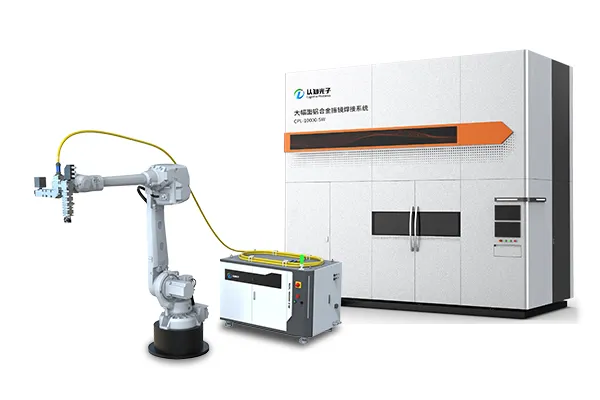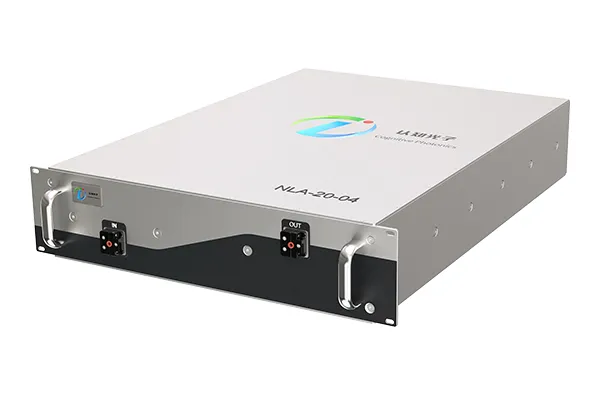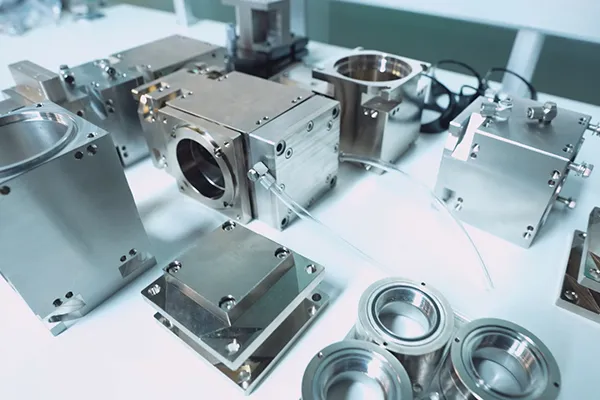Reach out today for expert support
Discover how our software-defined lasers and smart laser welding systems can help your production.
Contact Us




Discover how our software-defined lasers and smart laser welding systems can help your production.